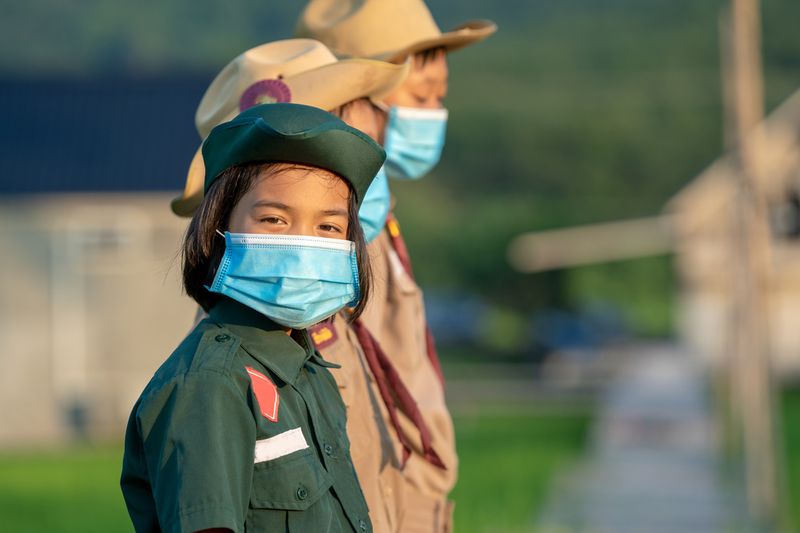CDC updates guidance on children’s summer, overnight camps
The CDC updated its guidance for children’s summer day and overnight camps, which includes recommendations about prevention, vaccination, physical distancing and approaches to maintaining a healthy environment.
Currently, no one aged younger than 16 years is able to receive a COVID-19 vaccine in the U.S. Because of this, the CDC recommends that even if all camp employees are vaccinated, camps should continue all prevention measures, including wearing masks and practicing physical distancing.

Strategies for physical distancing should be taken in all camps, especially cohorting, or grouping of campers and staff throughout the day, in order to minimize exposure to others throughout the day, the CDC said. While in cohorts, there should be at least 3 feet of physical distancing between all campers while indoors and outside. Additionally, when outside of cohorts, there should be a minimum of 6 feet apart among all campers and camp staff. Six feet of distance should also be maintained when eating and drinking.
The CDC noted that the following prevention strategies and approaches are available in order to lower the risk of COVID-19 in camp programs:
- Staying home when appropriate. Those who come into contact with someone who has tested positive for COVID-19, or tested positive themselves, should stay home and quarantine. Those who are fully vaccinated, yet showing symptoms of COVID-19, should also isolate themselves.
- Masking. All camps should require all campers, staff and visitors to use well-fitting masks with proper filtration consistently and correctly.
- Maintaining adequate supplies. All camps should ensure access to sinks and enough soap, paper towels, tissues, hand sanitizer with at least 60% alcohol, masks and no-touch or foot pedal trash cans.
- Screening and symptom monitoring. Parents and guardians should monitor their children for symptoms before going to camp. If feasible, conduct daily health checks of both camp staff and campers. Camps should also establish connections with community providers who offer testing. Weekly screenings of unvaccinated staff will also help.
The CDC offered the following strategies and approaches to ensure a healthy environment:
- Cleaning and disinfecting. Cleaning products should not be used near children. If camps use buses or transport vehicles, drivers should clean their vehicles. Camp staff should clean more frequently and disinfect surfaces when there is either high transmission in the community, low numbers of mask use, infrequent hand-washing or the camp includes those at increased risk for severe illness.
- Limit the opportunities to share objects, especially those that are difficult to clean. Each campers’ belongings should be separate from others’ and be individually labeled.
- All camp activities should occur outside as much as possible. If indoors, attempt to bring in as much fresh air as possible in order to increase ventilation.
- Access to clean drinking water should allow for all campers and camp staff to maintain physical distancing. However, all campers and staff should be encouraged to bring their own water, when possible.
- When eating, have campers and staff eat outdoors or in well-ventilated spaces as much as possible. All of those who are eating should maintain 6 feet of physical distancing.
The CDC noted that each camp program should have an emergency operations plan (EOP) in place in order to protect staff, campers, families and communities from the spread of COVID-19. The EOP should be developed in collaboration with local and state public health departments, which align with regulations.
Additionally, if any summer camp is operating on the grounds of a public school, the CDC recommended that it follow the agency’s K-12 school guidance, which was published in February.

